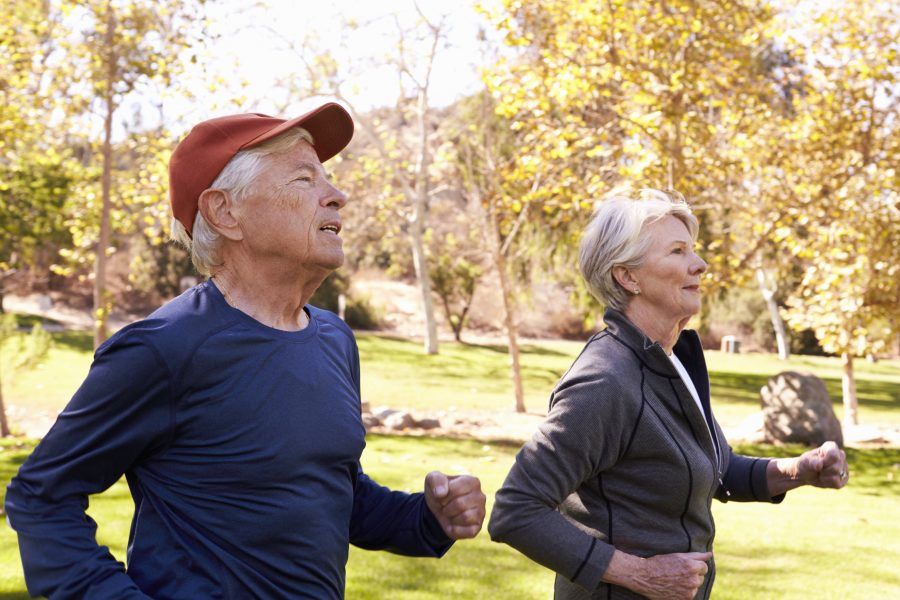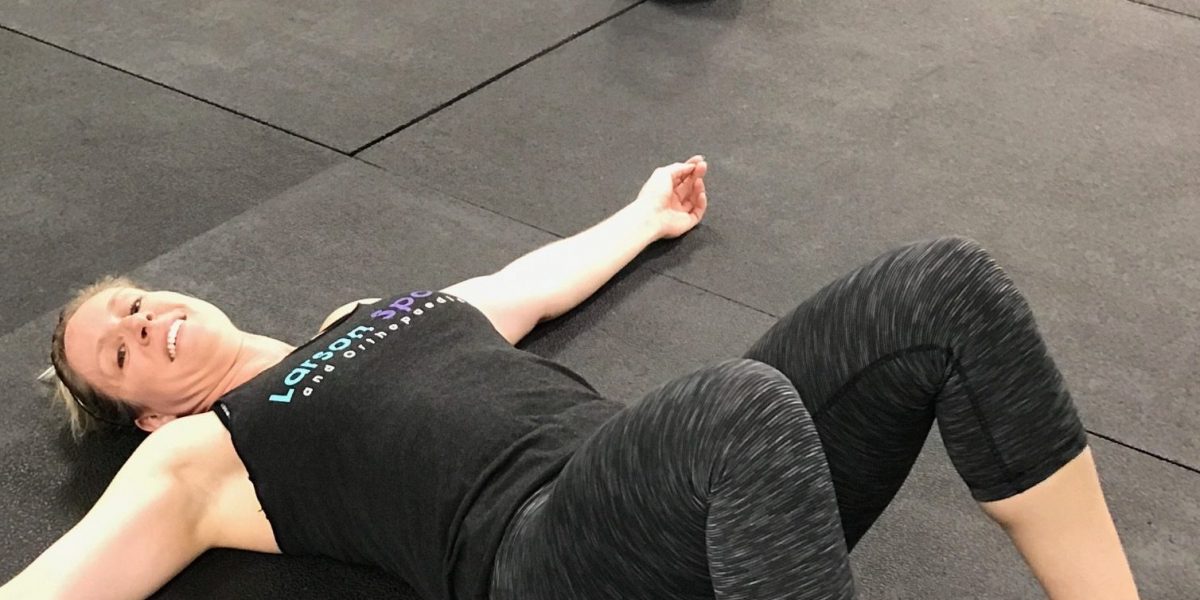How To Stop the Stall, and Hit PR’s.
One of the biggest reasons people stop working out is because they get frustrated. They go out every day and spend an hour exercising but never seem to make any progress. Why would you waste all that time if you don’t see any results? The point of going to the gym is to make you look and feel better. What can you do if you aren’t making progress when exercising? You can find all sorts of advice about how to “jump start” your results at the gym. A lot of it is very reasonable advice. Some of it is entirely misguided. But nearly all of it is pure speculation. That’s why we’re here though; to find the most critical science about exercise and bring you the facts you need to know. And today we bring you our single best fitness tip.
There are many factors that can contribute to your success in the gym. And your current level of fitness will certainly affect how easily you can improve. Many studies show that factors like frequency, duration, volume, and style of exercise can affect your training results. And all of them show that well-trained people have a harder time making improvements. But there is one underlying factor that can make sure you are getting the most out of your gym time. Few studies demonstrate this key factor more elegantly than a 2015 paper by Robert Ross and his collaborators.

The Tortoise Doesn’t Win This Race
This experiment showed that many people who exercise slow and steady don’t see much improvement. Low intensity, low volume exercise is associated with a remarkably low improvement in aerobic fitness. Low-Intensity exercise was performed at a moderate aerobic pace. Think of it as a “3” on the Perceived Exertion Scale we presented previously. This light treadmill exercise routine can eventually lead some people to aerobic fitness gains. But not for everyone. And just a month of work won’t cut it.
An important facet of this study is that they were testing the standard recommendations for exercise. The goal of those recommendations is to improve your overall exercise capacity and total fitness. And your exercise capacity and fitness are directly correlated with your chance of chronic disease and death. While genetics and other lifestyle factors significantly affect your risk of heart disease and cancer, being fit means you are less likely to develop those problems than others with the same risk.
Meanwhile, there’s bad news for people that enjoy a light evening stroll for exercise. After four weeks of light walking every weekday, most people hadn’t improved their aerobic capacity at all. And if you weren’t seeing improvement at eight weeks, sticking with it didn’t make a difference. After six months of exercise, only 3 out of 5 of these people showed improvements! Not the kind of results we usually want.
Sometimes You Need to Work Harder, Not Smarter
They did find that merely increasing the amount of exercise can improve people’s fitness. By doubling the number of calories burned per workout, the participants improved their overall results. If people exercised for twice the time, over half of them saw gains within eight weeks. Keep in mind this group kept the same light pace; they just walked twice as far every day. Unfortunately, doubling the amount of exercise didn’t always help. By the end of the 6-month walking program, about 1 in 5 participants still hadn’t seen improved exercise capacity. These people were deemed “non-responders.” But they sure were diligent. I’m pretty sure I’d stop exercising before then if it wasn’t helping.
Intensity also translates into extra calories burned. Working in short burst of high intensity leads to maximum calorie consumption because it uses the least efficient metabolic pathways you have. And it also stimulates a long term increase in metabolism that keeps burning calories for hours after your workouts. This effect is called EPOC and you can read more about it in this article.
Stick With It
Fortunately, sheer determination does help some people reach their fitness goals. Some low volume exercisers saw improvements, but it took 4 to 8 weeks of before improvement was noted. And the group that doubled the walking distance had more responders all the way out to 6 months. And the final group, which we haven’t discussed yet, showed similar findings. More people responded to the program at every time point. But there was one key difference.

High-Intensity Exercise Is Essential
The final group of people did the double-length walks, but also did them faster. And by the end of the study, every single person showed improvements in their fitness levels! Also, high-intensity walkers showed gains faster. High-intensity exercise showed better results after a single month than low-intensity did after six full months! Plainly stated, there is no substitute for intensity when it comes to seeing results from your workout. Now intensity isn’t the ONLY factor determining your results when you exercise. But increasing the intensity of a workout will get results when other factors fail to do so. This isn’t the first study to show this effect. But it is one of the most succinct I have seen.
Any kind of exercise is certainly better than none. But one common thread is becoming clear. If you want to see improvement, you need to push yourself. Don’t be afraid to get sweaty. As always, check with your physician or physical therapist to help figure out what exercise will safely push your limits. It could be as simple as adding hand-weights and a quicker pace to your evening walks. Or it may mean sprinting full out through every WOD you do. Whatever your particular situation though, keep sweating and stay active!
Works Cited
Blair, S N, et al. “Physical Fitness and All-Cause Mortality. A Prospective Study of Healthy Men and Women.” JAMA., U.S. National Library of Medicine, 3 Nov. 1989, www.ncbi.nlm.nih.gov/pubmed/2795824?dopt=Abstract.
Ross, Robert, et al. “Separate Effects of Intensity and Amount of Exercise on Interindividual Cardiorespiratory Fitness Response.” Mayo Clinic Proceedings, vol. 90, no. 11, 2015, pp. 1506–1514., doi:10.1016/j.mayocp.2015.07.024.

